Ultimate Disney Parks Photography Guide
Looking for the best camera or lenses, tips for taking great photos or to improve your photography? This guide offers tutorials to take better photos in a variety of scenes at Walt Disney World, Disneyland, and beyond! (Updated March 22, 2020.)
These tips are key, and will help you take better photos of Disney fireworks, dark rides, Cinderella Castle, and much more that’s specific to the parks. However, the first thing you should do is learn the basics of photography. For this, I highly recommend a copy of Understanding Exposure. Seriously, just get it.
All of the expensive equipment in the world won’t help you if you haven’t learned the basics, and that book is the best way to learn the basics. It’s how I taught myself photography and many others have used it to do the same. A book is a lot cheaper than a new lens, and if you’re a beginner, that book will improve your photography more than a new lens.
Along those lines, realize that no camera “takes good pictures.” Some cameras can help an adept photographer more than others, but if the person taking the photos doesn’t do things right, photos taken with a Nikon D850 can look worse than photos taken with an iPhone. Likewise, many experienced photographers can take better photos with an iPhone than inexperienced photographers can with expensive DSLRs on Auto Mode.
This guide will primarily focus on providing you with resources for learning more about photography, so you can really take your photos to the next level. If you’re sitting around at home practicing social distancing or self-quarantining, the good news is that this is the perfect time to learn photography!
It’s surprisingly easy to improve your photography at home, alternating between reading books and practicing with subjects around your house or in your backyard (my #1 subject for testing out new photography techniques is our cat!). Knowledge is so much more important than equipment, and once you learn more about photography, you realize you don’t need to waste additional money on more equipment!
With that update out of the way, let’s continue with a few of my favorite photography books…
Books
Understanding Exposure – Again, this is the newest edition of the book I used to learn photography. If not for this, I might still be using automatic mode. It is the definitive photography textbook, but written in a way that is accessible for everyone, without being dry and overly technical. It’s a wealth of information, from the basics to some more advanced techniques, this book is the perfect jumping off point.
The Photographer’s Eye – Great composition is paramount to a great photo, but unfortunately it’s one of those things that’s difficult to learn. This book helps any aspiring photographer really learn composition. This is a book to read over and over again.
Scott Kelby’s Digital Photography Boxed Set, Volumes 1, 2, 3, and 4 – A four part series of beginner and intermediate books with plenty of useful tips for veteran photographers, too. The information in these books really runs the gamut, and if ever there were to be a single (or 3 book) series for mastering the craft/business of all types of photography, this would be it.
***Click here for our full list of Photography book recommendations***
Disney Photography Tips
We’ve done a number of blog posts providing tips for improving your photography at Disney. I can’t stress enough that knowledge is the biggest component of taking good photos at Walt Disney World (and beyond!) so you should really read some of the tutorials I’ve written. They have helped a lot of people.
You should read these after you read Understanding Exposure. These guides all assume you have a decent foundation to understand the basics of photography, and you might be confused by these if you don’t know the basics:
- Disney Dark Ride Photography Guide
- How to Photograph Fireworks
- How to Take Great Photos with Your Point & Shoot Camera
- Top 10 Lenses for Disney Parks Photography
- 5 Indispensable Tips for Disney Photography
- Unique Family Photo Ideas at Disney
- Top 10 Tips for Night Photography at Disney
- Tips for Improving Your Photo Composition at Disney
- Tips for HDR Disney Photography
- Best Magic Kingdom Fireworks Spots
- Best Disneyland Fireworks Spots
- Tips for Using Prime Lenses at Disney
- Tips for Using Telephoto Lenses at Disney
- Main Street Electrical Parade Photography Tips
- World of Color Photography Tips
- Fantasmic Photography Tips
- Christmas Photography Tips
- Top 10 Cinderella Castle Photo Spots
- Top 10 Sleeping Beauty Castle Photo Spots
- Neutral Density Filters for Fireworks Photography
This just scratches the surface on the photography guides we’ve written. To read and learn more, browse the photography category of posts on the blog. Once you’ve learned a bit, it might be time to buy some new equipment to help you take better photos. Read on for our buying suggestions…
Cameras
The first thing you need to do is determine which type of camera is right for you. Over the past decade, I’ve tested 20+ cameras and talked with hundreds of beginners who wondered which camera to buy. From that, I’ve learned that the “right” camera for a beginner is almost entirely a matter of personal preference and goals. (If you want look at the equipment I currently carry, check out What’s In My Camera Bag for 2020.)
When thinking about which camera to buy, you have to think about your intent. Are you primarily interested in capturing quality photos of your family’s memorable moments on vacation? Consider a nice point & shoot. Concerned about camera size and weight? Go point & shoot. Want an starter camera that will make learning easier? Again, think point & shoot.
Sony RX100 – This point and shoot has been described by just about everyone who has reviewed it as a game changer. I was skeptical at first, but I drank the Kool Aid, and am loving it. This point and shoot somehow combines a large sensor and a great f/1.8 lens into a compact package. We carry this camera just about everywhere. (Read Our Full Review w/ Photo Samples.)
We think the Sony RX100 is the best starter camera for 75% of people reading this post. The other 25% should consider an entry level DSLR or just stick to using their iPhone for photos (the newer iPhone cameras are exceptional–but still not as good as the Sony RX100).
Nikon D3500 DSLR – This is the perfect entry level DSLR for beginners, offering great bang for your buck in a small size. It has solid image quality when compared to higher level cameras, and only lacks some of the features–definitely a great value.
Nikon D7500 DSLR Camera – If you’re upgrading or are more serious about photography, go straight to the Nikon D7200. The benefits of the D7200 over the lower models are improved dynamic range & high ISO performance, better build quality, better HD video capabilities, and more.
Nikon D750 DSLR Camera – The best bang for buck camera for taking Disney photos. Awesome autofocus, excellent high ISO performance, and amazing image quality. The controls and functionality are great, making this a really versatile camera.
Nikon D850 DSLR Camera – The newest, biggest, and baddest (in a good way) DSLR that offers unparalleled performance. It’s not cheap, but it can outperform pro-grade cameras that cost twice as much. I’ve had this camera for nearly 2 years now and absolutely love everything about it (read my full review for more info and sample photos).
Ultimately, which of these DSLRs you buy depends upon how serious you are about photography. If you’re just getting started, no matter how excited you are about photography, I don’t recommend buying anything above an entry level model, no matter how large your budget.
For more experienced photographers looking to make an upgrade, the Nikon D850 is an amazing camera. It’s pricey, but the results are potentially worth it if you’re serious about photography. I have zero regrets about purchasing it!
Lenses
If you are serious about photography and opt to purchase a DSLR or mirrorless camera, you’ll also want to think about lenses. We have used a lot of lenses over the past few years, and we have reviewed many of these lenses on the blog. So many, in fact, that considering which to buy when your first upgrading your camera gear can be a bit intimidating.
Fortunately, we’ve put together our Top 10 Lenses for Disney Photography List that offers ideas for the best upgrade options at the beginner and intermediate level. There’s a variety of lenses on this list, from prime lenses that are great for portraits and dark rides to fisheye lenses good for fun, creative shots.
The majority of my photos are shot with ultra-wide angle lenses. I love the wide panorama look, and also using these lenses to my advantage to intentionally distort a scene. If you’re considering going wide, read my Ultra Wide Angle Lens Guide. It’ll help choose the right one.
Some of my favorite lenses include the Rokinon 8mm f/3.5 Fisheye Lens, Sigma 18-35mm f/1.8 Lens, Tokina 11-16mm f/2.8, and Sigma 30mm f/1.4. You can read about all of these lenses, and our other top picks, on that top 10 list.
***We have a lot more reviews on our Lens Reviews Page. Read that to decide what’s right for you***
Bags, Tripods & Accessories
A lot of beginners make the mistake of only budgeting for a camera and lens when starting out, only to find out they need other accessories. These things quickly add up and can cost far more than expected.
Some of these things are gadgets and trinkets that can real help out in certain situations, but aren’t universally applicable. I’ve put together a post of the Top 10 Photography Accessories for Disney Photography that are items that will really help with taking photos in the parks (in my experience, a lot of these are useful elsewhere, as well).
Here are some specific things I recommend:
Lowepro SlingShot 102 AW – This bag provides great bang for your buck, and can store your camera with a lens mounted, plus two additional lenses. It’s possible to cram three additional lenses into this in a pinch by using the top pouch for the 50mm f/1.8 or another small lens. It’s much better than the 100AW that it replaced, because you can carry a tripod on the side of it!
Velbon Luxi-L III Tripod – This is a GREAT tripod: incredible value, height, and it collapses to a small size. It’s not perfect, but it’s a balanced tripod and perfect for travel.
Tiffen 77mm Circular Polarizer – A great option for deeply saturated blue skies, but is by no means a necessity. It also acts as a neutral density filter, of sorts. Be careful using polarizers on wide angle lenses. You may not like the uneven results.
Guide Conclusion
As mentioned above, the vast majority of people just getting started in photography are probably best suited by a high-end point and shoot camera, with my absolute top pick being the Sony RX100. This is a great way to get a taste of serious photography with customizable settings and excellent image quality, but in a compact package. Most people won’t outgrow that camera, but if you do, then look at DSLRs or mirrorless cameras.
If you’ve already decided that a DSLR camera is your best option, you’ll want to think about everything you need to go along with it to really take your photography to the next level. If you’re on a limited budget, start out by making 3 upgrades: 1) tripod, 2) Sigma 18-35mm f/1.8, and 3) Tokina 11-16mm f/2.8. I’d say these are the 3 best purchases a new DSLR photographer who wants to photograph the Disney Parks can make to improve their game.
However, if you really want to take your photography to the next level, gear is not what you need–at least not exclusively. What you need is knowledge. You will never take amazing photos in auto mode. You need to start by getting a copy of Understanding Exposure to learn the fundamentals, and then read more advance books, tutorials, and practice like crazy. Anyone can become great at photography, but you can’t get there just by purchasing fancy toys. 🙂
Finally, a word of warning. Don’t take shortcuts when buying photography equipment. Yes, it’s expensive, but I’ve discovered first-hand that buying photo gear on eBay or Craigslist is a huge risk. You don’t know how the seller took care of their gear, if it’s grey market (meaning US manufacturers won’t service it if there’s a problem), or what problems may come up down the road. You also don’t save that much over buying new. Finally, you don’t get a warranty. Things do go wrong with cameras, seemingly inexplicably, and it would really stink for that $1,000 investment to break with no recourse for you.
We’re Amazon Prime members, so we almost always order from Amazon.com. I also recommend Adorama.com
, B&H Photo, or Abes of Maine, but I generally avoid all other online photo retailers (I STRONGLY recommend avoiding J&R Cameras due to two negative experiences I’ve had with them). By the way, if you are considering a purchase of any photography equipment, lenses, or anything else for that matter we would greatly appreciate it if you use the links in this post to make your purchase. It benefits the site, doesn’t cost you a dime, and helps us to keep providing you with useful(?) content!
Your Thoughts
What have you found helped improve your photography? Have other photography tips of your own to add? Other gear recommendations? If you have questions, please leave them in the comments below and I’ll try my best to help!
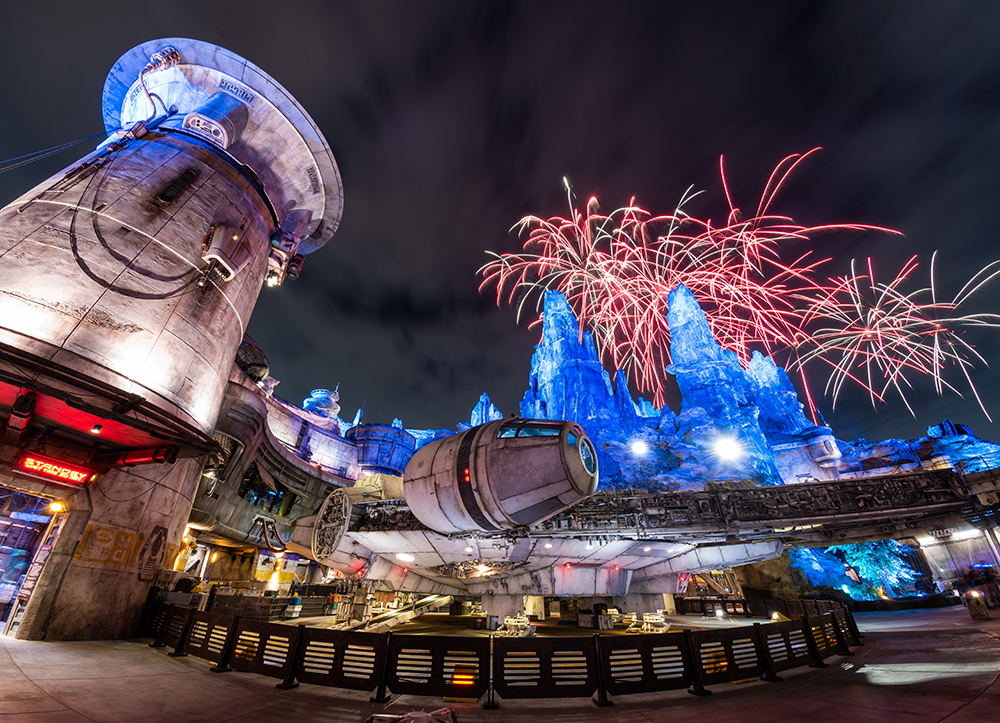

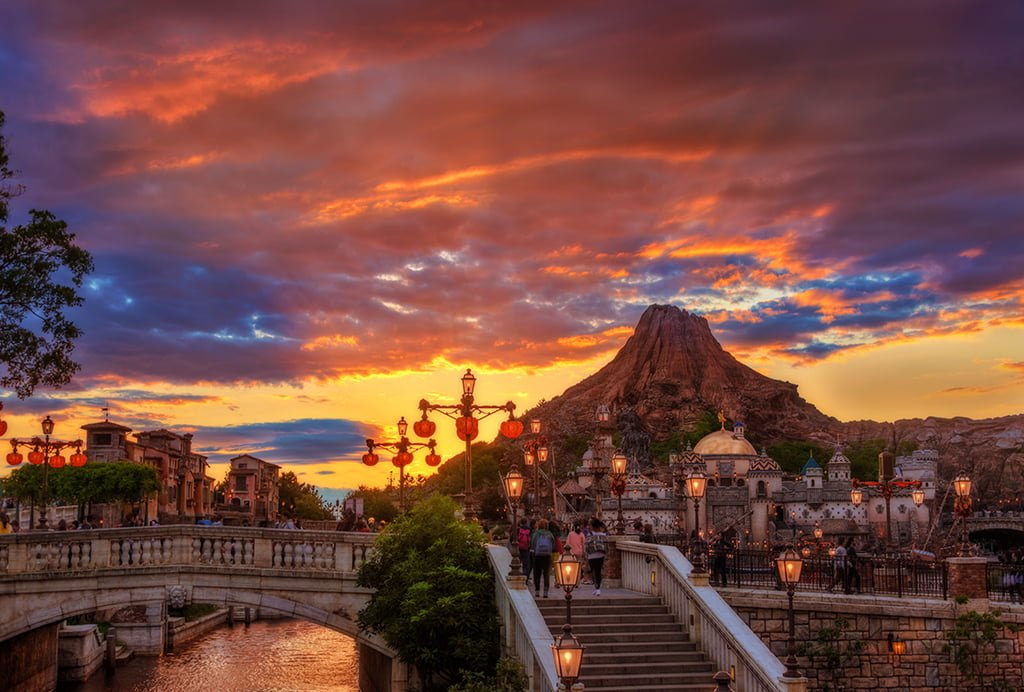
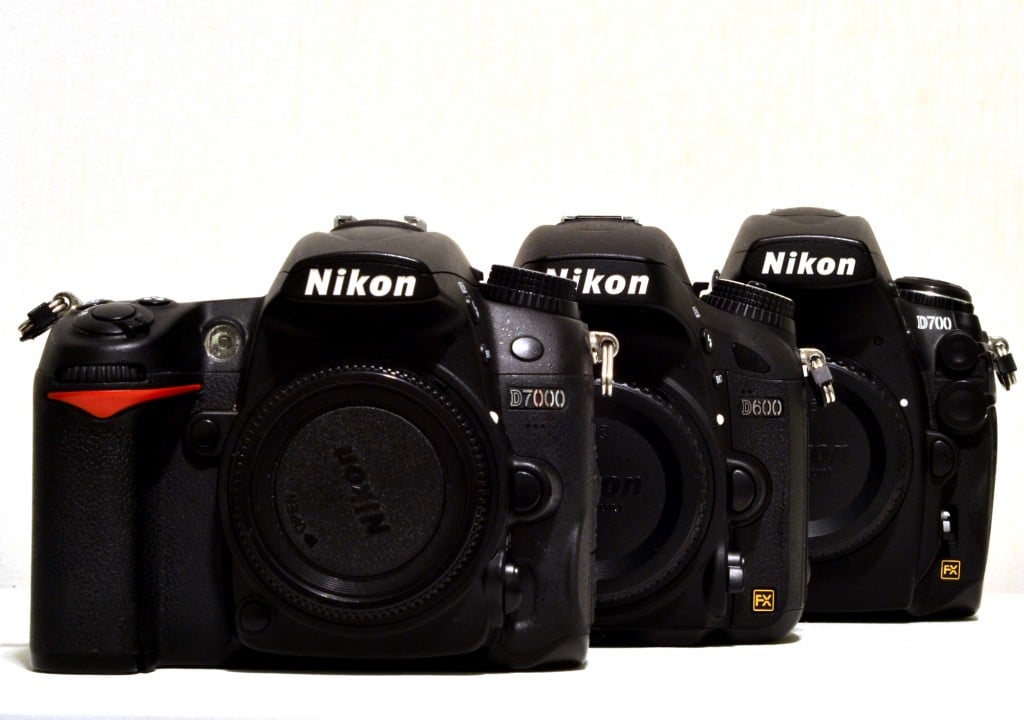
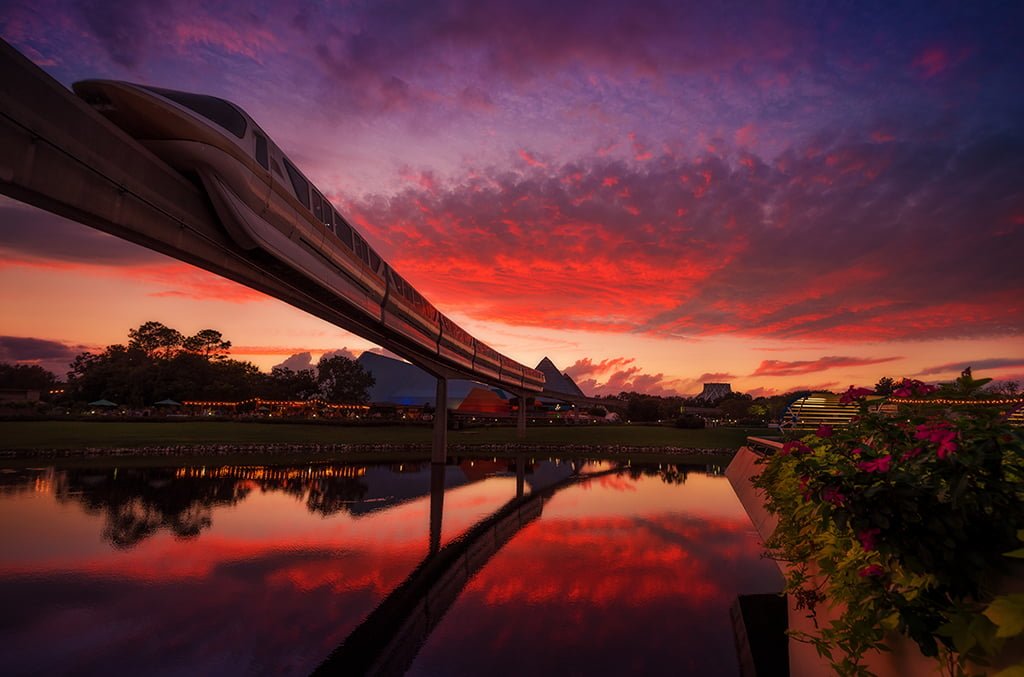
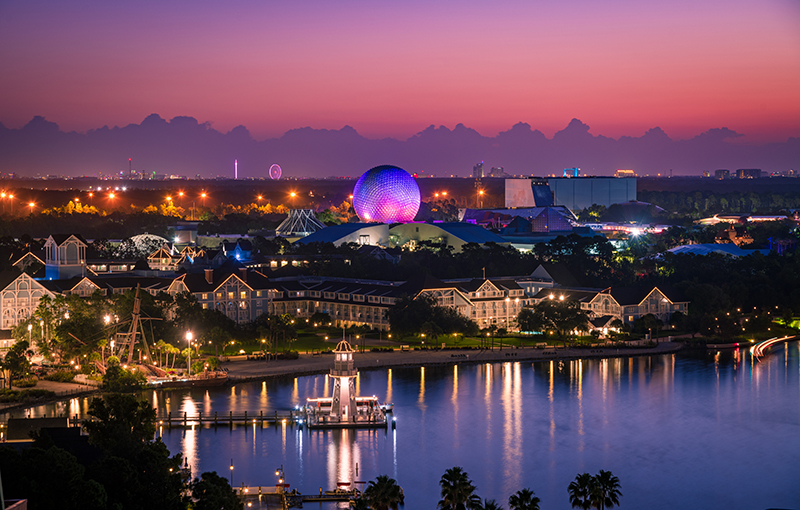
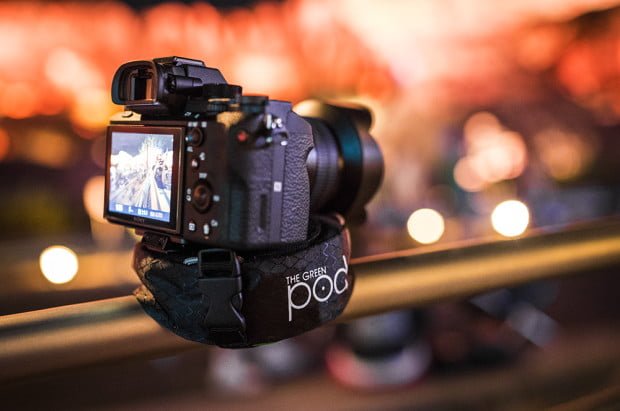
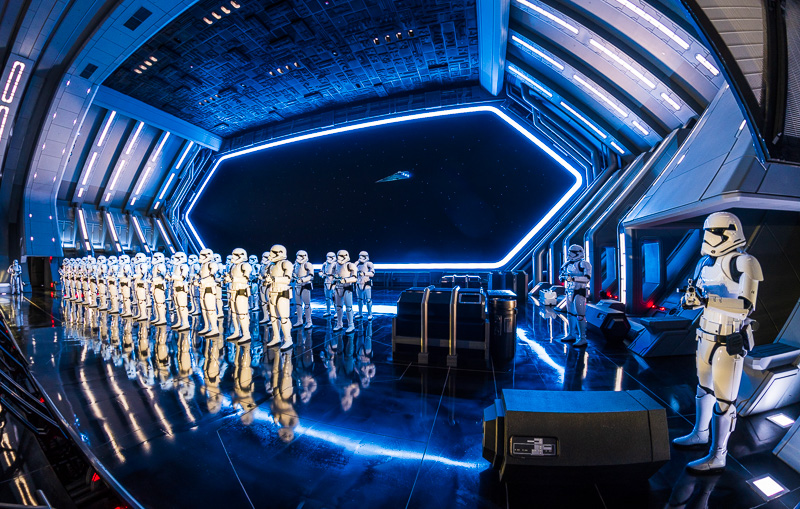

Do you think the 2 lens bundle is good enough for someone starting out and trying to get good pictures at Disney? I want to make sure all my bases are covered and those two just don’t seem sufficient. But I don’t want to drop $1000 on a lens right out of the gate.
Hi Lindsey, from personal experience, its “better” (better for me anyways) to just take 1 lens out to the parks. Something like a 24-70, 24-105, 17-85, etc. First it’s less weight and less gear to lug around. Second, you’ll be forced to think more and won’t be tempted to stop in every corner because you see a telephoto opportunity across the lake at Epcot for example. When you take more gear, you’ll be more inclined to switch lenses constantly instead of focusing on the image opportunity in front of you. If you really want a challenge and a lot of great shots, go old school. Take a 35 or a 55 on a full frame. If you have a cropped sensor, a 24 or 35. Just 1 lens and not a zoom. It’s very liberating. A bit of critique. Most of what is written here is great information except buying a “2) Sigma 18-35mm f/1.8, and 3) Tokina 11-16mm f/2.8” purchasing these 2 together is bad advice in my opinion. You can get 1 or the other but those 2 are way to close in range. There are a lot of variables at play. budget, experience, seriousness, quality and expectation are play key roles in helping you pick out the right gear for you.
In sum, an aps-c or mirrorless body, 1 all-in-one lens or if you want 2 lenses, a wide 10-22 and a telephoto 70-300, tripod, nd and cpl.
Even though it was advised against, don’t forget to check craigslist and ebay for used equipment. You can save substantial amounts and get more for your money. I’ve bought and sold a lot of equipment on craigslist. Tom had done a great job outlining the basics of what you would need to get you going. A bit biased towards Nikon and Sony lol but that’s the norm for most photographers! (Im a Canon and GoPro shooter) Have fun!
Hey, great blog thank you. I’ll be sure to use your tips next time I go to WDW. Just the one question as I couldn’t see it above, when setting up at a park say for fireworks, how soon do you get there to get the best position for the shot you want? e.g long exposure with tripod.
Many thanks,
Rob.
How is Disney handling tripods in the park since the selfie-stick ban? (Thank heaven for the selfie-stik ban). I was just wondering if you’ve notice this have any effect on your ability to bring a tripod in. Thanks so much and thanks for this AMAZING blog.
Maybe this is a silly question, but I find my DSLR to be bulky and annoying to carry. Do you carry it with you in the park all day? If so, what do you do with it while on rides?
HI Tom,
Love your site! Long time reader (stalker 🙂 )
Just wondering if you’ve ever used a GoPro at any of the parks – or in your travels?
Would you recommend using one (e.g. marathons? runs?) – would love to see a review from your perspective.
Thanks!
thank you for share with us this details
Hello Disney Tourist Blog,
I’m hopefully going to Disneyland for my first time ever in May or June of 2016 and am stoked! I have seen amazing low light footage of Space Mountain on YouTube and want to film the ride in low light just like the YouTube videos. Can you please help me? If expenses are too great, I’ll just get an app for my iPhone 6. Thank you for your time!
Tom,
I am interested in your opinion of mirrorless cameras currently on the market. Do you or Sarah use a mirrorless camera? Have you reviewed some of them? Couldn’t find anything specific on the site about them. If you have already written something, please fell free to direct me to it.
Thanks,
Angie
Thanks for sharing this nice article. It have some great use full information.
Thanks for sharing this nice article. It have some great use full information.D-2/20, Sector-10,DLF Faridabad Haryana-121006, INDIA
D-2/20, Sector-10,DLF Faridabad Haryana-121006, INDIA
I saw Melody ask last year but didn’t see a response, any recommendations for a good strap? Husband wants to upgrade before our next trip.
Came across this article and though you might get a kick out of it! http://petapixel.com/2015/09/30/kodaks-tips-for-photographing-disneyland-in-1956/
Hello,
I’ve been perusing your blogs about photography and lenses. I’m trying to decide between the Tokina 11-16mm f/2.8 and the Rokinon 8mm fisheye. I have a Nikon D3300 with the kit lens (NIKKOR 18-55mm f/3.5-5.6G VR II Zoom) and a Nikon 50mm f/1.8G Auto Focus-S NIKKOR FX Lens. The Tokina is tempting but I love the fisheye look. If you had to choose just one, which would it be? I’m sorry if you’ve answered this before.
Thanks 🙂
I am a Junior in High School and I absolutely love photography! I’ve taken classes and everything, but I’m wondering about a good camera. I recently went to Tokyo Disney Sea and when I went on Journey to the Center of the Earth, I couldn’t take pictures in the line because my phone camera wouldn’t show anything in the darker setting. So I’m wondering if you know of a good camera that would be able to take pictures in darker settings? I don’t really have a money limit. If you could help, I would be really grateful! Thanks!
And after I get the camera, should I also get a lens?
Hi Tom,
AWESOME blog with great info!
I have a question and I was hoping you could lend me your expert advice.
Here’s the story. My kids always wanted a decent video of Celebrate the Magic, along with Wishes. I plan on using my Nikon D7100 on the trip and will shoot stills & video with it. Since we’re not arriving until later in the day on our 1st day, we’re going to opt to use a FP+ for MSEP. Figuring, the FP+ viewing location for MSEP is on the hub across from the castle, we could view the parade from there then just stay put to view Celebrate the Magic & Wishes. It’s far from ideal for Wishes, but thought we’d get a good view of Celebrate the Magic from there.
OK, so my question; to video the three show (MSLP, CTM & Wishes), given my location on the hub, with my proximity to the Parade, castle and fireworks, would you suggest using the Tokina 11-16mm f/2.8 or the Sigma 18-35mm f/1.8 Lens?
Thank you in advance for any assistance you can offer!
John
Hi Tom. Your site is awesome! I’m taking my family to WDW in September for the first (and probably the last time due to cost) and wanted to know if I am allowed to hand carry my tripod into the parks. The WDW website states a tripod must fit into a backpack, but I don’t want to take a big backpack. I have a Manfrotto 190go! which is about 17.5″ folded. In your experience, how strict is WDW on this policy? Your response is greatly appreciated. Thank you.
You should be fine with that tripod.
Tom
I am somewhat new to photography but I feel that I have outgrown my d3100. I want a camera that I can shoot using a remote for fireworks and be able to take pictures of the whole family. A better ISO range is a priority as well. The 7100 is a bit more than I want to spend right now. Is it a waste to buy the 5200 or 5300? Or should I wait until I am ready to spend for the 7100? Leaving for trip in 3 weeks. Really appreciate your feedback.
Thanks
Matt
Personally, I don’t think the cost is worth it for that upgrade. I’d wait until you can get the D7100 (or its replacement).
Thanks Tom. Is the SB 300 worth buying? I only have the built in flash.
Your photos are absolutely gorgeous!!!!
Tom,
Great stuff!!!
2 Questions:
1. How do you get all the great shots of an EMTPY park? Have someone on the inside? Wait until security is ready to drag you out?
2. Which of these 2 lenses would you recommend as the first purchase? Tamron 17-50mm f/2.8 Zoom Lens or the Sigma 30mm f/1.4 EX DC HSM Lens? Camera is Nikon D3000 with only the standard 35-85 mm zoom. Primary desire is versatility.
My bad, standard 18-55mm
I’m currently in college for photography and I’ll be going to Disney this summer with my best firend.
I’m bringing my Nikon D7100 and curently have an 18-140ml lens and a 50ml lens that I’ll br brining with me.
I have access to a 35ml lens -my dad has the same camera and has the 18-140 and a 35ml lens. and I already have a tripod (though I’m going to look your reviews for travel ones) My camera bag can fit four lenses plus the one already on the camera.
My school has a summer rental option for renting camera lenses/equiptment out and I was wondering which lenses (or other equiptment) should I cosider bringing?
I meant to say mm lenses not ml. Messed up on that sorry.
I’d definitely recommend an ultra wide angle lens. Something in the 12mm range on the wide end.